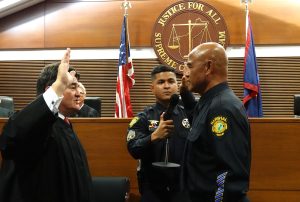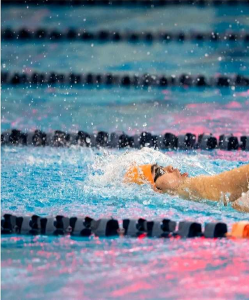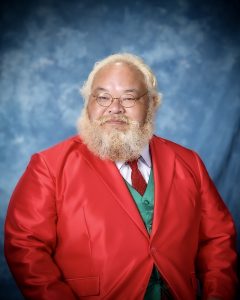Officials hold public hearing on PCB contamination
Federal and Commonwealth officials will conduct a meeting in Tanapag today to discuss health and environmental issues in connection with polychlorinated biphenyl contamination in Saipan’s northern coastal village.
Representatives from the U.S. Environmental Protection Agency, U.S. Army Corps of Engineer, Agency for Toxic Substance Disease Registry will join the Division of Environmental Quality and the Department of Public Health in the public hearing which will be held at Tanapag social hall at 6:30 p.m.
A team from the U.S. EPA will conduct an environmental survey on Thursday collecting samples from soil, sediment, groundwater, drainage areas, coastal shoreline, stream outlets and food items like root crops (taro, tapioca, yam), landcrabs, chicken eggs and a limited number of fish to assess PCB concentrations.
The risk assessment study will be carried out as a result of concerns raised by Tanapag residents in a public meeting last October 1999 regarding the cleanup activities conducted by the Army Corps of Engineers.
This will also serve as a basis in advising the Army Corps on the risk-based soil cleanup levels for Cemetery 2 (Lower Base Cemetery) and the village. Some of the data obtained will be used to determine if the site should be added in the National Priorities List in the Superfund Program covering the most serious hazardous waste sites in the United States.
Public Health Secretary Joseph Kevin Villagomez will explain in the meeting the mapping schedule to prevent people from coming to the clinic all at the same time. Mr. Villagomez also asked all those who have lived in Tanapag between 1968 to the present to undergo medical evaluation.
Health evaluation in Tanapag will begin on May 8 and will continue until all the residents have undergone medical testing.
Gov. Pedro P. Tenorio has assured DPH that funding will be made available amid scarce resources of the government to ensure that the people will receive adequate medical attention.
PCB contamination in the village began when the U.S. military shipped to the island ceramic PCB capacitors in the 1960s which were originally purchased by the U.S. Department of Defense and used on Kwajalein Atoll as part of the Nike Zeus missile radar system.






